Tunable Diode Laser Absorption Tomography Based on Hierarchical Discretization and Residual Network
-
摘要: 快速、准确、适用性强的重建算法是可调谐二极管激光吸收光谱层析成像(TDLAT)的核心研究内容之一。现有算法一般取位于燃烧场中心的某局部区域作为感兴趣区域(RoI),利用整个燃烧场对激光束的光谱吸收值重建RoI这一局部区域内的气体参数分布。重建结果与实际情况存在一定偏差。针对这一问题,该文研究燃烧场的空间层次化离散方法,进而为TDLAT系统设计一种基于残差网络(ResNet)的层次化温度层析成像方案(HTT-ResNet)。该方案能够根据有限数量的光谱吸收测量值完整重建整个燃烧场的温度图像,并对计算资源与燃烧场不同空间区域的成像分辨率进行优化配置,着重实现RoI内温度分布的高空间分辨率成像。利用随机多模态高斯火焰模型与实际TDLAT系统测量数据进行的实验均表明,HTT-ResNet重建的温度图像能够准确定位火焰的空间位置、清晰描述燃烧场的温度分布。
-
关键词:
- 可调谐二极管激光吸收光谱层析成像 /
- 深度学习 /
- 残差网络 /
- 层次化离散
Abstract: Implementation of fast, accurate and adaptable reconstruction is one of the core topics in Tunable Diode Laser Absorption Tomography (TDLAT). In existing algorithms, a certain region at the center of combustion field is usually set as the Region of Interest (RoI). Temperature image of RoI is reconstructed from the absorbance for laser beams passing through the whole tomographic field. It will cause deviations in the reconstructed image. To address this issue, a spatial hierarchical discretization and a Hierarchical Temperature Tomography scheme based on Residual Network (HTT-ResNet) are proposed for TDLAT. It reconstructs the temperature image of the entire combustion field from limited amount of absorbance measurements, and configures optimally computational resources and imaging resolution to describe the temperature distribution in RoI with better spatial resolution. Experiments using random multimodal Gaussian flame models and the measured data of the actual TDLAT system both show that temperature images reconstructed by HTT-ResNet can accurately locate the flame and clearly describe the temperature profile in the combustion field. -
表 1 HTT-ResNet与HTT-CNN训练时间和重建时间的对比
重建算法 训练时间(min) 1090个测试样本的平均重建时间(s) 21个实际样本的平均重建时间(s) HTT-CNN 4.4 7.042×10–4 0.0248 HTT-ResNet 16.1 1.201×10–3 0.0461 -
[1] LIU Chang, CAO Zhang, LIN Yuzhen, et al. Online cross-sectional monitoring of a swirling flame using TDLAS tomography[J]. IEEE Transactions on Instrumentation and Measurement, 2018, 67(6): 1338–1348. doi: 10.1109/TIM.2018.2799098 [2] JANG H and CHOI D. Similarity analysis for time series-based 2D temperature measurement of engine exhaust gas in TDLAT[J]. Applied Sciences, 2020, 10(1): 285. doi: 10.3390/app10010285 [3] YU Tao and CAI Weiwei. Benchmark evaluation of inversion algorithms for tomographic absorption spectroscopy[J]. Applied Optics, 2017, 56(8): 2183–2194. doi: 10.1364/AO.56.002183 [4] CAI Weiwei and KAMINSKI C F. A numerical investigation of high-resolution multispectral absorption tomography for flow thermometry[J]. Applied Physics B, 2015, 119(1): 29–35. doi: 10.1007/s00340-015-6012-5 [5] 文成林, 吕菲亚. 基于深度学习的故障诊断方法综述[J]. 电子与信息学报, 2020, 42(1): 234–248. doi: 10.11999/JEIT190715WEN Chenglin and LV FeiYa. Review on deep learning based fault diagnosis[J]. Journal of Electronics &Information Technology, 2020, 42(1): 234–248. doi: 10.11999/JEIT190715 [6] HENDRIKSEN A A, PELT D M, PALENSTIJN W J, et al. On-the-fly machine learning for improving image resolution in tomography[J]. Applied Sciences, 2019, 9(12): 2445. doi: 10.3390/app9122445 [7] DAVOUDI N, DEÁN-BEN X L, and RAZANSKY D. Deep learning optoacoustic tomography with sparse data[J]. Nature Machine Intelligence, 2019, 1(10): 453–460. doi: 10.1038/s42256-019-0095-3 [8] RYU D, JO Y, YOO J, et al. Deep learning-enabled image quality control in tomographic reconstruction: Robust optical diffraction tomography[J]. Scientific Reports, 2019, 9: 15239. doi: 10.1038/s41598-019-51363-x [9] JIN Ying, ZHANG Wanqing, SONG Yang, et al. Three-dimensional rapid flame chemiluminescence tomography via deep learning[J]. Optics Express, 2019, 27(19): 27308–27334. doi: 10.1364/OE.27.027308 [10] YU Tao, CAI Weiwei, and LIU Yingzheng. Rapid tomographic reconstruction based on machine learning for time-resolved combustion diagnostics[J]. Review of Scientific Instruments, 2018, 89(4): 043101. doi: 10.1063/1.5016403 [11] HUANG Jianqing, LIU Hecong, DAI Jinghang, et al. Reconstruction for limited-data nonlinear tomographic absorption spectroscopy via deep learning[J]. Journal of Quantitative Spectroscopy and Radiative Transfer, 2018, 218: 187–193. doi: 10.1016/j.jqsrt.2018.07.011 [12] HUANG Jianqing, ZHAO Jianan, and CAI Weiwei. Compressing convolutional neural networks using POD for the reconstruction of nonlinear tomographic absorption spectroscopy[J]. Computer Physics Communications, 2019, 241: 33–39. doi: 10.1016/j.cpc.2019.03.020 [13] 赵小强, 宋昭漾. 多级跳线连接的深度残差网络超分辨率重建[J]. 电子与信息学报, 2019, 41(10): 2501–2508. doi: 10.11999/JEIT190036ZHAO Xiaoqiang and SONG Zhaoyang. Super-resolution reconstruction of deep residual network with multi-level skip connections[J]. Journal of Electronics &Information Technology, 2019, 41(10): 2501–2508. doi: 10.11999/JEIT190036 [14] BAO Yong, ZHANG Rui, ENEMALI G, et al. Relative entropy regularized TDLAS tomography for robust temperature imaging[J]. IEEE Transactions on Instrumentation and Measurement, 2020, 70: 4501909. doi: 10.1109/TIM.2020.3037950 -





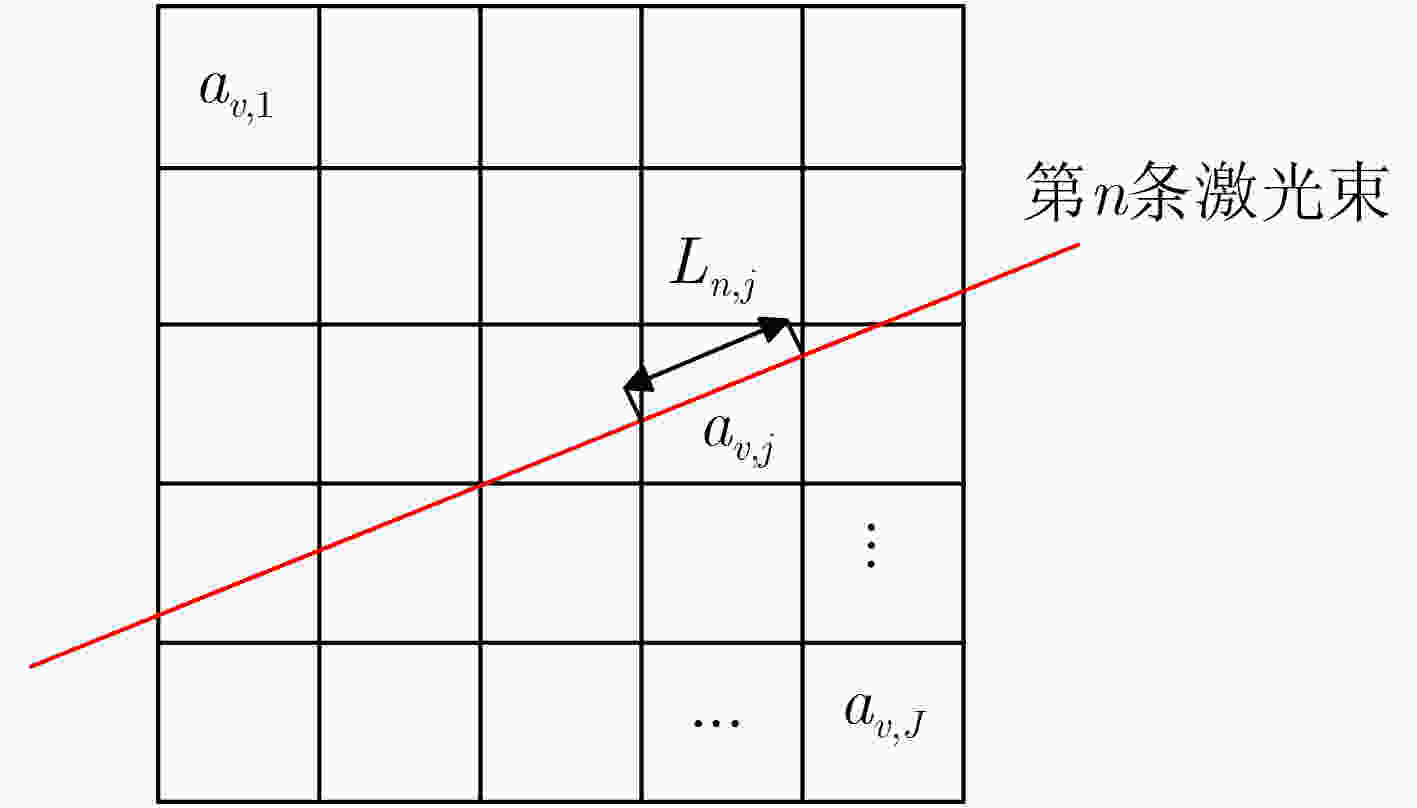
 下载:
下载:
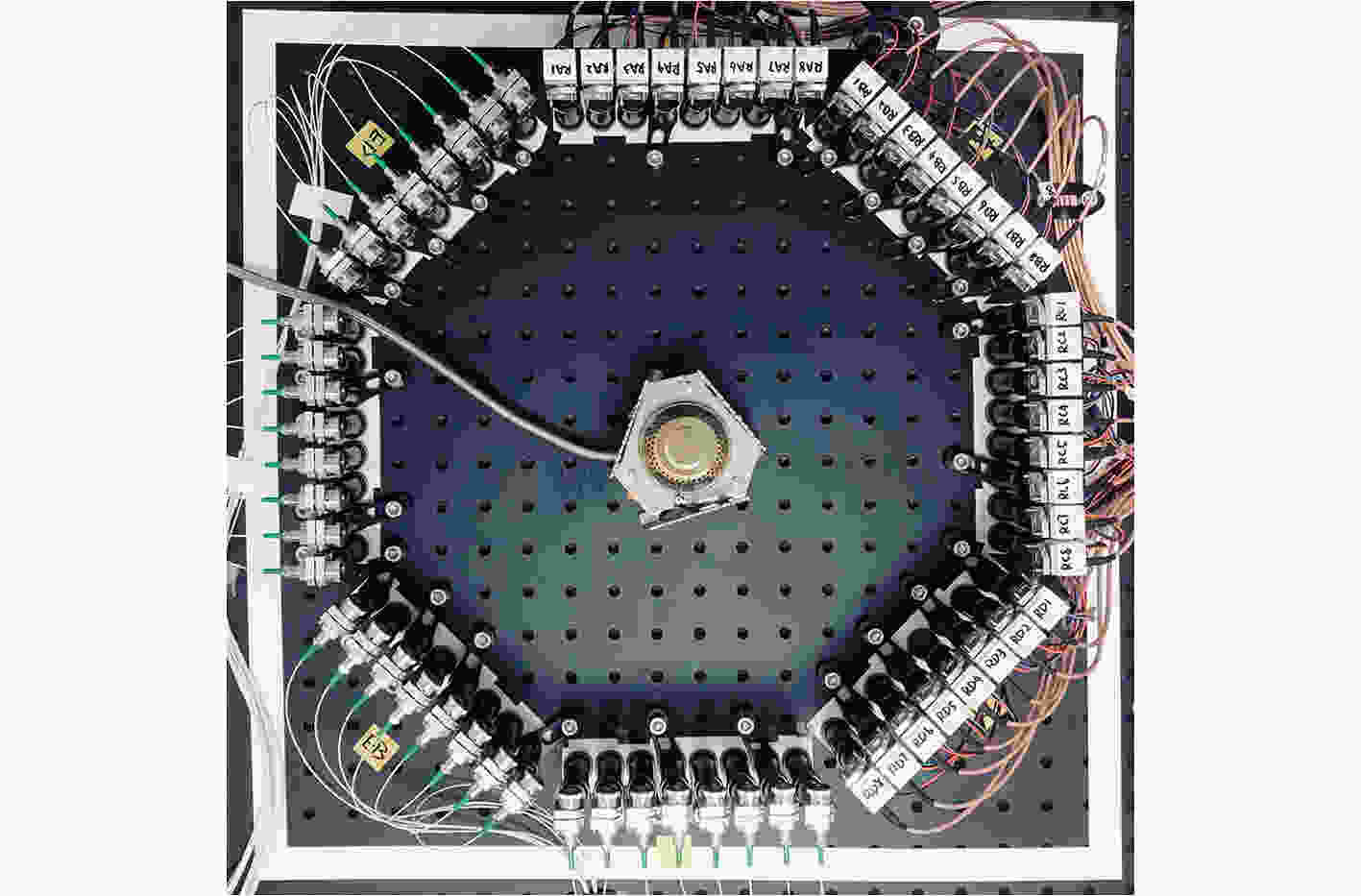
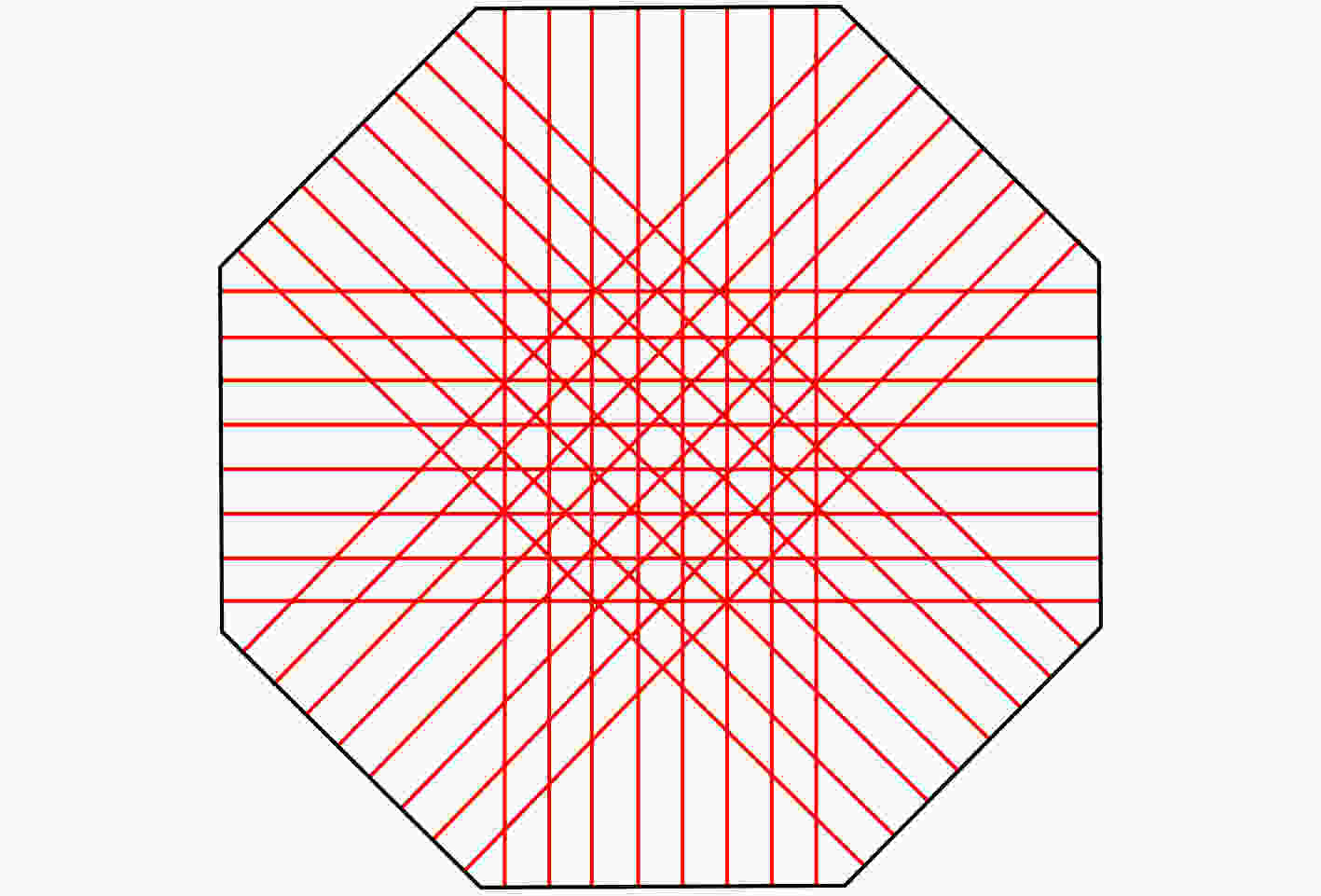
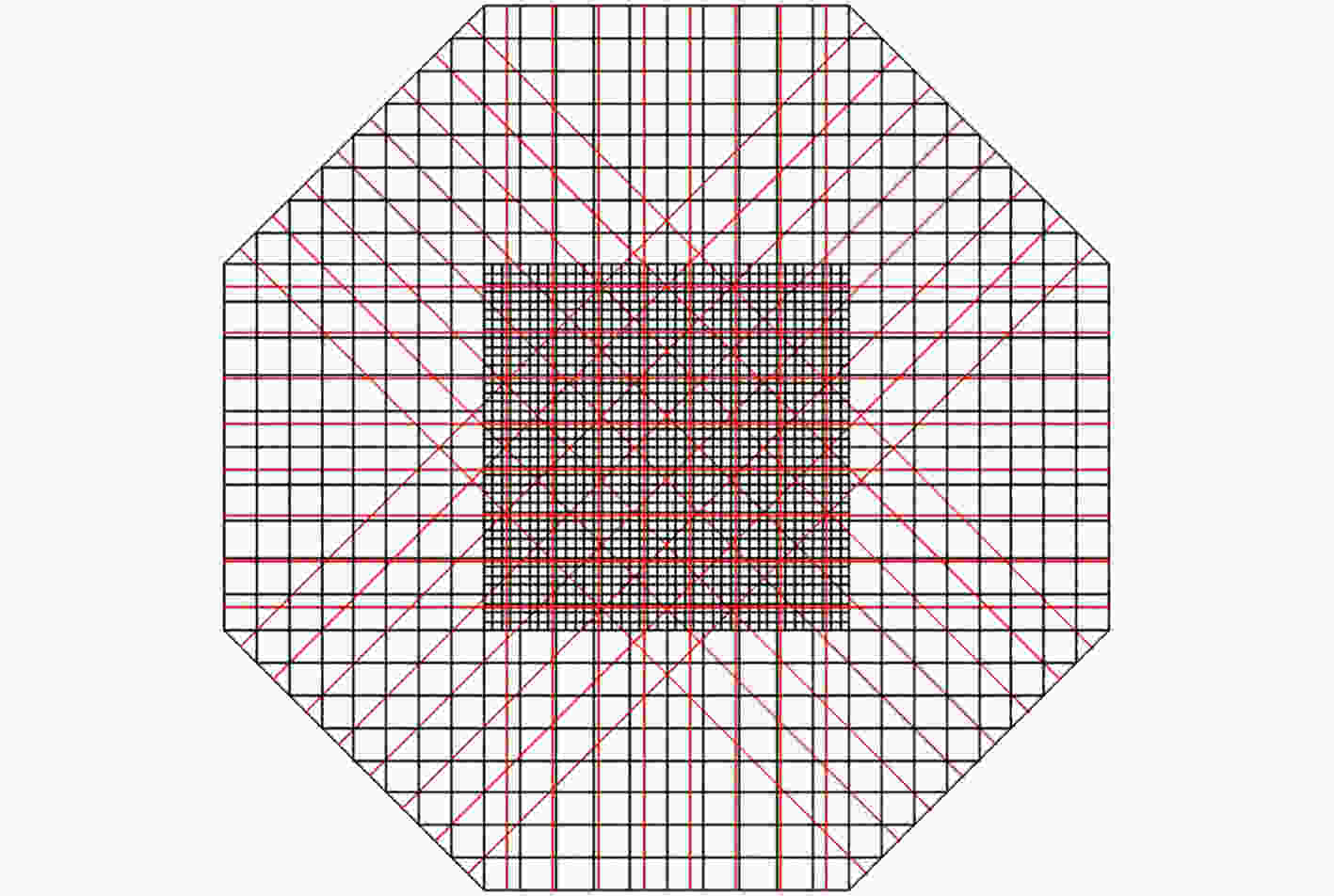

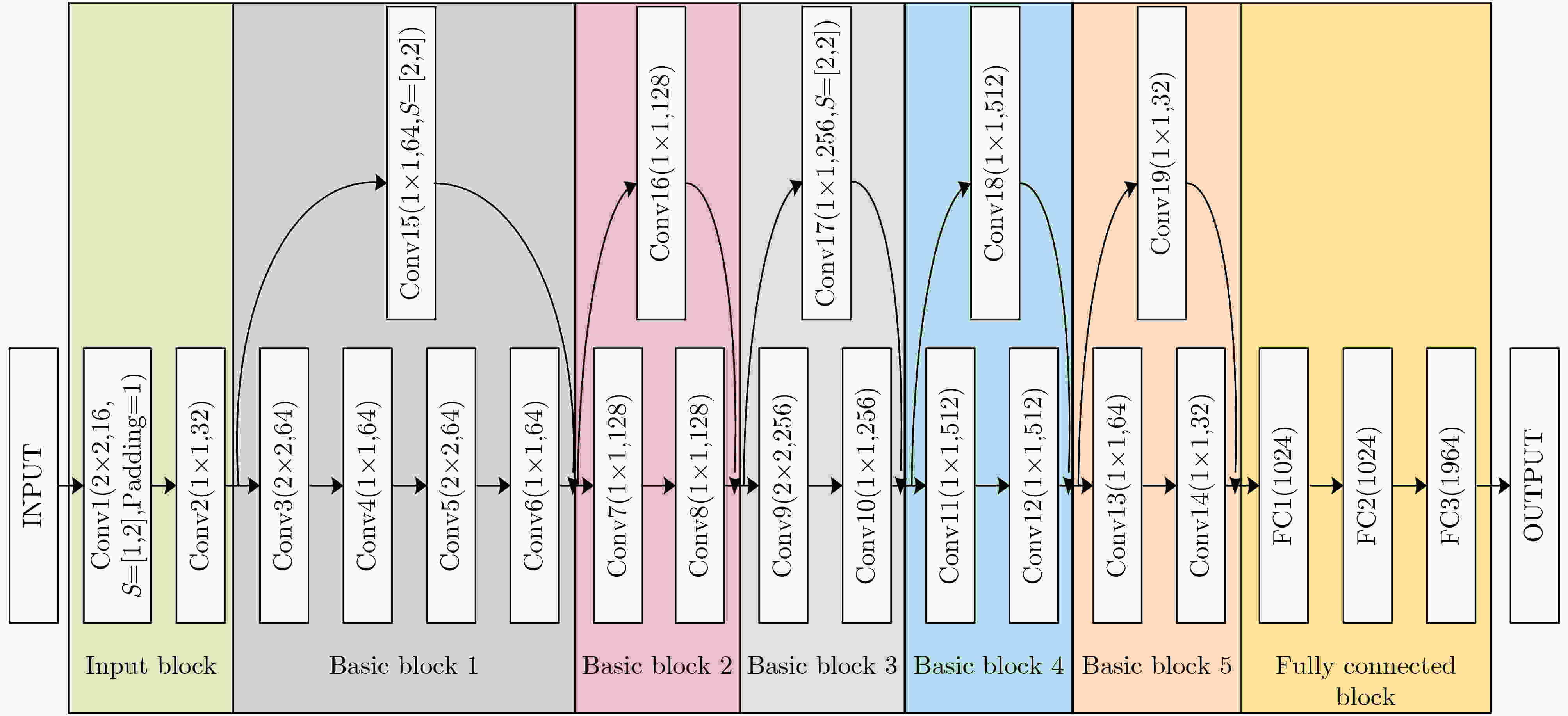
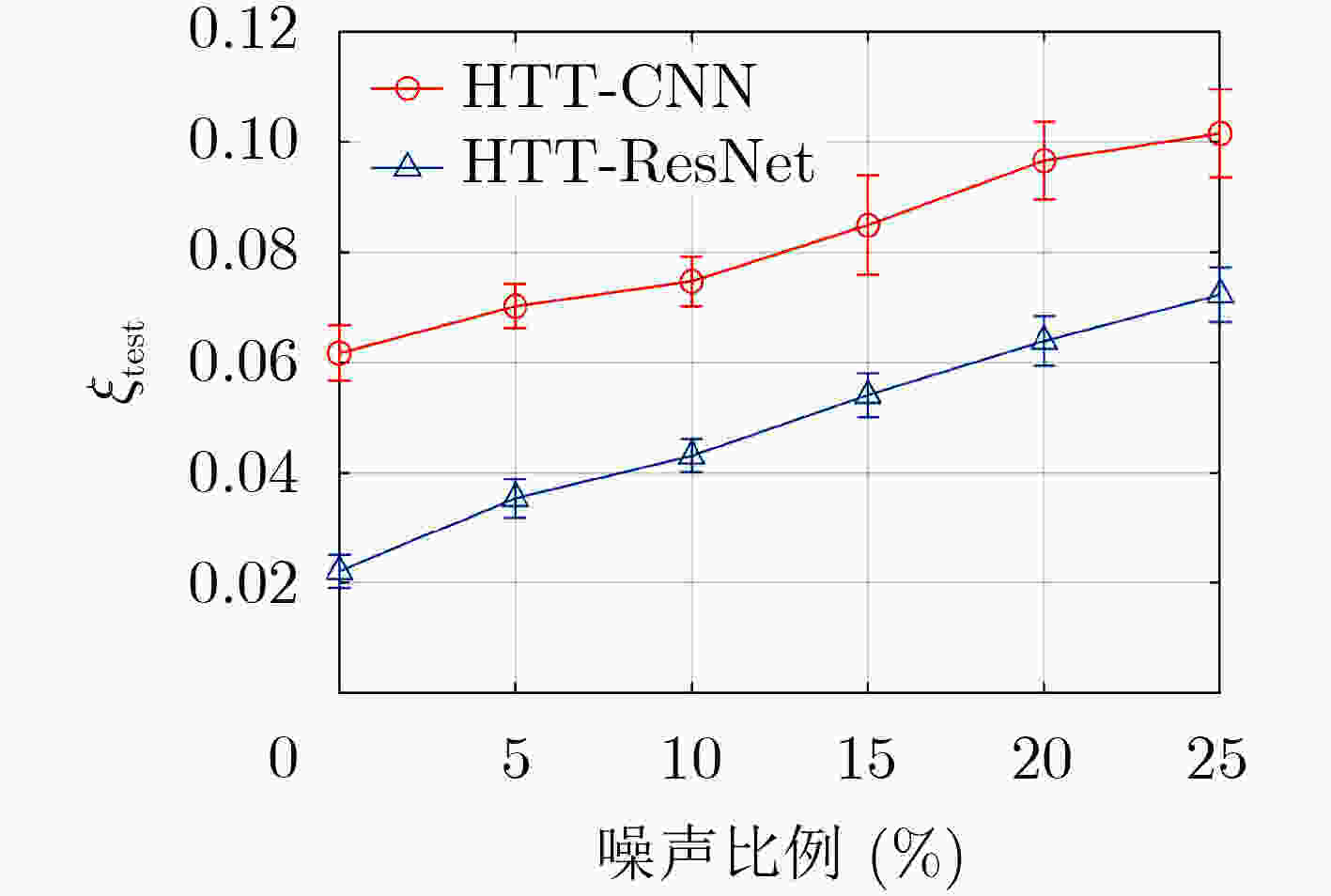






 下载:
下载:
